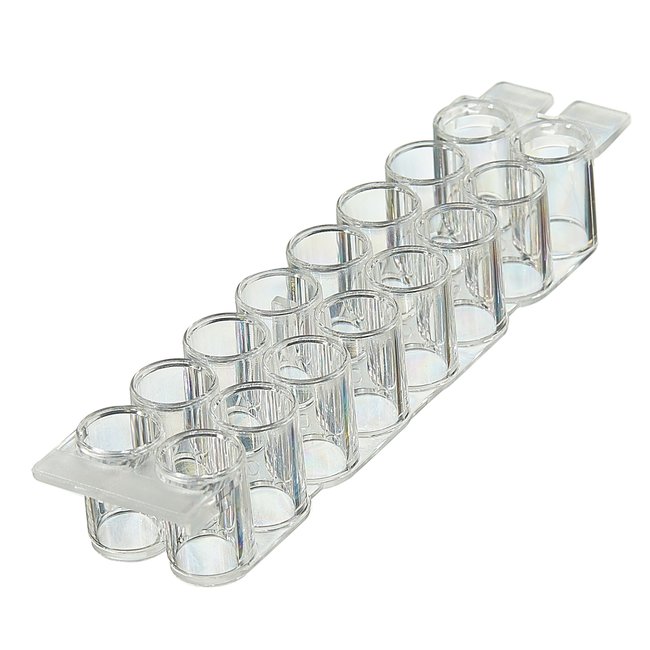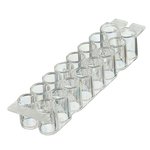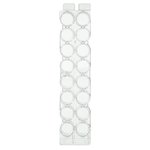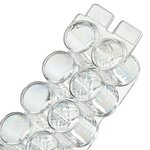Search Thermo Fisher Scientific
Immuno Clear Standard Modules
Perform applications that deliver well-to-well reproducibility with these immuno clear standard modules. Manufactured to fit standard equipment.
| Catalog Number | Surface Treatment | Volume (Metric) Working | Well Shape | Well Design |
|---|---|---|---|---|
| 469914 | MaxiSorp | 350 μL | Round, Flat Bottom (F-well) | F16 (2x8 wells) |
Catalog number 469914
Price (MYR)
1,692.00
CS
Surface Treatment:
MaxiSorp
Volume (Metric) Working:
350 μL
Well Shape:
Round, Flat Bottom (F-well)
Well Design:
F16 (2x8 wells)
Price (MYR)
1,692.00
CS
Perform applications which are delivering well-to-well reproducibility with Thermo Scientific™ Immuno Clear Standard Modules, which feature Nunc™, Immulon™ and Microtiter™ module plates developed for ELISA techniques. Manufactured to fit standard equipment, modules provide flexible use of components with small sample sizes. They are backed by industry-leading quality standards and certifications.
Features:
- Several strip formats: Eight-well strip, 12-well strip, 16-well strip (two columns of eight wells)
- Several well shapes: flat bottom, C bottom (radius edge), U shape wells, StarWells (wells have fins to increase the surface area and enhance performance)
- Several surfaces to maximize assay performance
- Modules that remain in frame when inverted
- Stackable frame marked for lid orientation
- Polystyrene wells in polyethylene frame
- Ext. Dim.: 128 × 86mm
Choice of Surface:
- Thermo Scientific™ PolySorp™, Immulon™ 1B, and Universal Binding (UB) are for adsorption of hydrophobic molecules.
- Thermo Scientific™ Medisorp™ and Immulon 2HB are slightly hydrophilic and bind a diverse range of biomolecules.
- Thermo Scientific™ MaxiSorp™, Immulon 4 HBX, and Enhanced Binding(EB) are hydrophilic and ideal for antibody sandwich assays.
- Thermo Scientific™ MultiSorp™ are very hydrophilic and works well for glycans and water soluble proteins.
Ordering Information:
Modules are freestanding. Cat. No. 95029440 and 464394 are certified. Frames and modules are available separately. Sealing tape and strip caps are available. Color-coded modules are available on request. Contact your customer service or sales representative for further details.
Specifications
BreakapartNo
Binding PropertyHydrophobic
Certifications/ComplianceCertified for adsorption of IgG; CV of <5% between wells
CertifiedYes
FormatStrip Plate
LidWithout Lid
Detection MethodColorimetric
Array2 x 8
Packaging80 Pk., 320 Cases
Binding TypeAdsorption
ColorClear
Product TypeMicroplate Strip
MaterialPolystyrene
Volume (Metric) Well400 μL
No. of Wells16
Volume (Metric) Working350 μL
Surface TreatmentMaxiSorp
Well ShapeRound, Flat Bottom (F-well)
No. per Case320
No. per Pack80
Plate BlockingNone
Quantity320/Cs.
Target MoleculeLipids
Well DesignF16 (2x8 wells)
Unit SizeCS




